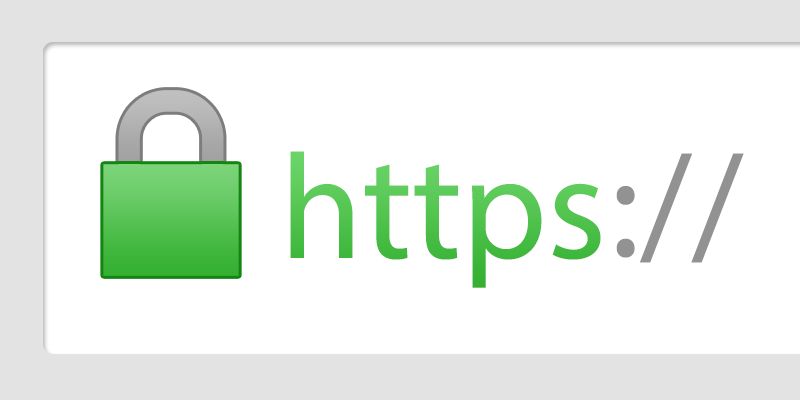Recently, I have been working with Angular 9. I implemented an app shell for a project of mine. And, well, I needed my app to be secured in order to use Push notifications with service workers.
So, I created a self signed certificate, using a simple command. I answered the questions the system asked me.
And my certificate got generated. But, it was not working on chrome because of the Common Name is not used anymore. I tried on firefox and it was.
So after some little research on the internet, I found some answers and decided to put everything here for anyone who would be needed to do this.
This article as been written for any kind of people, so if you have never did this before do no worry. Stay right here!
Everything is explained in the article.
Pre-requisite
First things, first! Make sure you have OpenSSL installed on your machine. If you are on a unix machine (MACOSX, Linux), it is already installed on you machine. If you are on Windows 7 or 10, you can use Cmdlet New-SelfSignedCertificate on powershell. You can also use OpenSSL with git-bash command line by installing git.
Create a self-signed certificate with SAN
Ok, so. We are going to create a configuration file to be used for the private key and the CSR.
[ req ] |
Replace the domain where it is needed. If there is more than 3 domains, you can add them following the same pattern. Of course you can remove them if there is too much.
Note: Theorically, there is no limit to the number of alternative domains you can put in this configuration file. But added more domain will increase the size of the certificate, hence once sending to a website’s visitor’s session will end up with some performance issues.
Save the file under whatever name you want. I will save mine under the name SSL_SAN.config.
Now, we can generate the CSR and the private key with this command line.
openssl req -out sslcert.csr -newkey rsa:2048 -nodes -keyout private.key -config SSL_SAN.cnf |
This will create 2 files:
sslcert.csrwhich is your Certificate Signing Requestprivate.keywhich is your private key ( do not share this key)
Finally to create your public certificate, the one you have to share with everybody. Execute this command :
openssl x509 -signkey private.key -in sslcert.csr -req -days 365 -out cert.crt |
This will create 1 file:
cert.crtwhich is the certificate- It will be valid for 365 days
Done! You have your certificate ready to use.
Knowledge
What is a Certificate Signing Request?
In order to obtain an SSL certificate from a certificate authority (CA), you must generate a certificate signing request (CSR). A CSR consists mainly of the public key of a key pair, and some additional information. Both of these components are inserted into the certificate when it is signed.
NET::ERR_CERT_COMMON_NAME_INVALID on Google Chrome
From Google Chrome Entreprise Help
Known issue |
Thank you for reading. I hope it helped you.
For more information on OpenSSL, you can go on OpenSSL Essentials: Working with SSL Certificates, Private Keys and CSRs which a really good article written by Mitchell Anicas.
This is my preferred reference when I need to refresh my memory on some useful commands.


.svg)